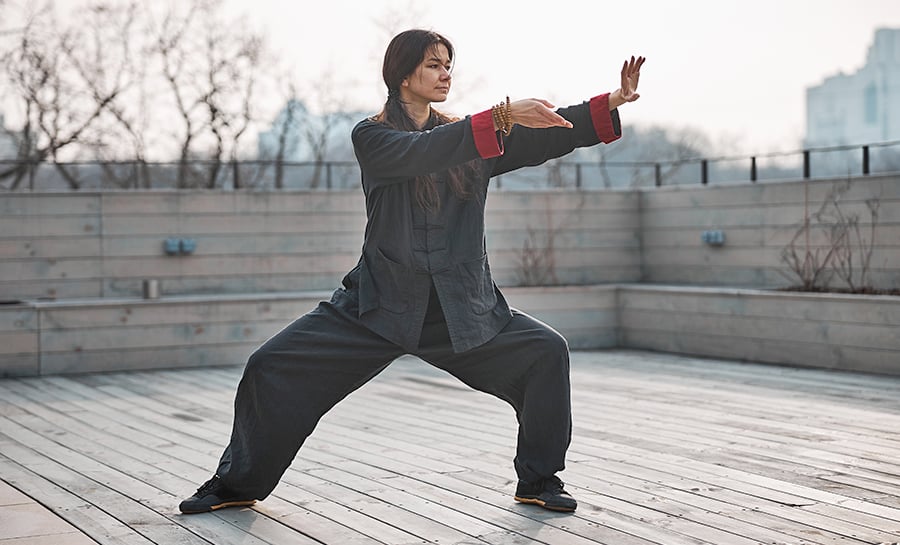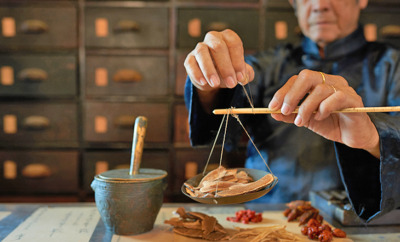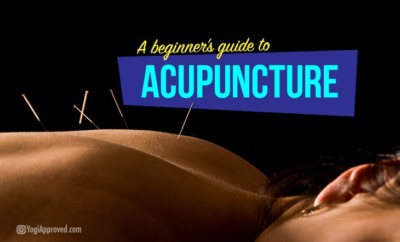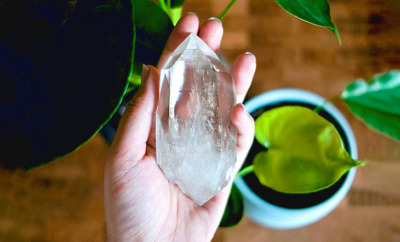Discover the Ancient Power of Qigong: An Introduction and Overview

When the winds of ancient wisdom gently breeze over the modern world, we find ourselves rediscovering practices like Qigong.
Part of Traditional Chinese Medicine (TCM) that has been integral to the East for thousands of years, Qigong presents an exquisite blend of coordinated body postures, movements, breathing techniques, and meditation. Let’s unravel the threads of Qigong, exploring its depth and breadth.
Qi Gong translates to cultivating and harmonizing life’s energy, achieved primarily through breathwork, meditation, and movement.
Qigong, is a holistic system of exercise and meditation originating from ancient China. It combines physical postures, gentle movements, breathing techniques, and mental focus to cultivate and balance the body’s vital energy, known as Qi (pronounced “chee”).
The practice of Qigong is deeply rooted in Chinese philosophy, Traditional Chinese Medicine (TCM), and Taoism.
Curious about Traditional Chinese Medicine? Read: What Exactly Is Traditional Chinese Medicine? This TCM Expert Shares the Basics
What Is Qigong?
Qi Gong is a 4,000-year-old practice that originated in China and represents a system of healing and energy medicine.
Let’s break down the term: ‘Qi’ (pronounced ‘chee’) stands for air, breath of life, or vital energy permeating the universe. ‘Gong’ (pronounced ‘gung’) denotes work, benefits acquired through dedicated practice, or cultivated skill.
Thus, Qi Gong translates to cultivating and harmonizing life’s energy, achieved primarily through breathwork, meditation, and movement.
Qigong: A Brief History
The history of Qigong can be traced back thousands of years, with its origins intertwined with various aspects of East Asian culture and spirituality. While the exact origins are difficult to pinpoint, Qigong is believed to have emerged as a practice around the same time as other foundational East Asian arts such as acupuncture, herbal medicine, and martial arts.
Ancient Chinese shamans and Taoist philosophers were among the early practitioners of Qigong-like practices. These practices involved rituals, breathing exercises, and movements aimed at connecting with the natural world and harnessing the life force energy for healing and spiritual development.
Learn All About Life Force Energy Here!
Over time, different schools emerged with varying approaches and focuses. Some schools emphasized martial applications, using Qigong as a means to enhance strength, flexibility, and stamina.
Qigong is a transformative practice that champions healing, mitigates stress, and amplifies our overall well-being.
Others focused on health and healing, using Qigong to promote physical well-being, balance the body’s energy systems, and prevent illness. There were also esoteric traditions that delved into the spiritual aspects of Qigong, aiming to attain higher states of consciousness and enlightenment.
Qigong gained wider recognition during the 20th century, particularly in the 1950s and 1960s, when the Chinese government began to promote it as a way to improve public health. In this context, Qigong was researched, standardized, and taught in parks and community centers across China. It became accessible to a broader population and its health benefits were increasingly recognized.
Decoding the Benefits of Qigong
With its focus of synchronizing the body, breath, and mind, Qigong unlocks many benefits. The following are some of the most well-known benefits of a consistent practice:
Physical Health
Qigong is known to enhance cardiovascular, respiratory, circulatory, lymphatic, and digestive functions by optimizing the flow of Qi within the body.
Mental Health and Wellbeing
By encouraging a calm and centered mind, Qigong sharpens focus and helps alleviate stress, anxiety, and depression.
Vitality and Immunity
Regular practitioners experience a surge in vitality, bolstered immunity, and a slowing down of the aging process.
Flexibility and Balance
Qigong’s movements improve flexibility, balance, and coordination, helping to reduce the risk of falls, especially for the elderly.
5 Key Qigong Terms Defined and Explained
If you read about or practice Qigong, you’ll hear the following five terms used regularly.
1. Qi
Denotes vital life energy, foundational to Traditional Oriental Medicine (TOM), and pivotal to practices like Qigong, acupuncture, and Tai Chi.
2. Gong
Embodies the cultivation and mastery of skills, achieved through relentless practice and dedication.
3. Meridians
The meridian lines refer to energy pathways directing the flow of Qi in the body, connecting various organs and systems.
4. Dan tian
Regarded as the energy center or the ‘sea of Qi,’ the Dan tian is situated in the lower abdomen.
Let’s Take a Closer Look at Qigong
Qigong transcends the realm of physical exercise or relaxation techniques. It is a transformative practice that champions healing, mitigates stress, and amplifies our overall well-being.
It invites us to explore the intricate interconnections between our physical bodies, our minds, and the universe. Such exploration fosters a profound sense of inner peace, balance, and vitality.
When we are mindful of our movements, we’re able to become more aware of how our actions affect our minds.
Remember, as you embark on your Qigong journey, it is more than a quick fix – it is a way of life. As you nurture this art with patience and consistency, the potential of Qigong to foster health, happiness, and harmony will unveil itself.
Modern Day Qigong
Today, Qigong is practiced by millions of people worldwide for various purposes, including physical health, stress reduction, emotional well-being, spiritual growth, and martial arts training.
It is often used as a complementary practice alongside conventional medical treatments and is considered a valuable component of TOM.
Qigong continues to evolve, with new styles and variations being developed to meet the needs and interests of practitioners in the modern world.
Myung Sung Moving Meditation
Myung Sung Moving Meditation consists of specific techniques, rooted in Qigong that have been handed down in my lineage for centuries from generation to generation.
In Myung Sung Moving Meditation, the freedom to move while you meditate is not just an accommodation for our busy lives, but a key element of the practice. When we are mindful of our movements, even during simple, everyday tasks such as washing the dishes, we’re able to become more aware of how our actions affect our minds.
Creating a stronger mind-body connection also helps us learn to feel the natural energy that exists within us – our chi – and the flow of the universe around us.
When we are stressed, we can feel our qi become stagnant. We often notice this when our thinking becomes sluggish and foggy, our muscles feel tight and tense, or we just feel drained and unmotivated.
Ready to Try Myung Sung Qigong? Practice With Me Here!
Join me right here on YA Classes by YouAligned for this beginner Myung Sung Moving Meditation practice and experience the vast mind-body benefits for yourself!
Qigong: The Takeaway and Final Thoughts
Just like with meditation, the key with Qigong is to not just view movement as an activity you partake in when you have the time, but as a key part of your lifestyle.
These simple and quick yet powerful movements help us gain the ability to rebalance and connect our mind and body in order to balance with whatever situations we face throughout the day. They can be incorporated any time throughout the day – before entering an important business meeting, if your kids are bouncing off the walls and you need to recenter yourself, and they can also be practiced before entering into a tense situation.
Movement has been proven over the centuries to be one of the quickest ways to reset yourself, clear your mind and gain a greater perspective of any situation that you find yourself in.


This Month's Letter
From the Editor
Monthly motivation and food for
thought from our founder.





























